Oh, My.
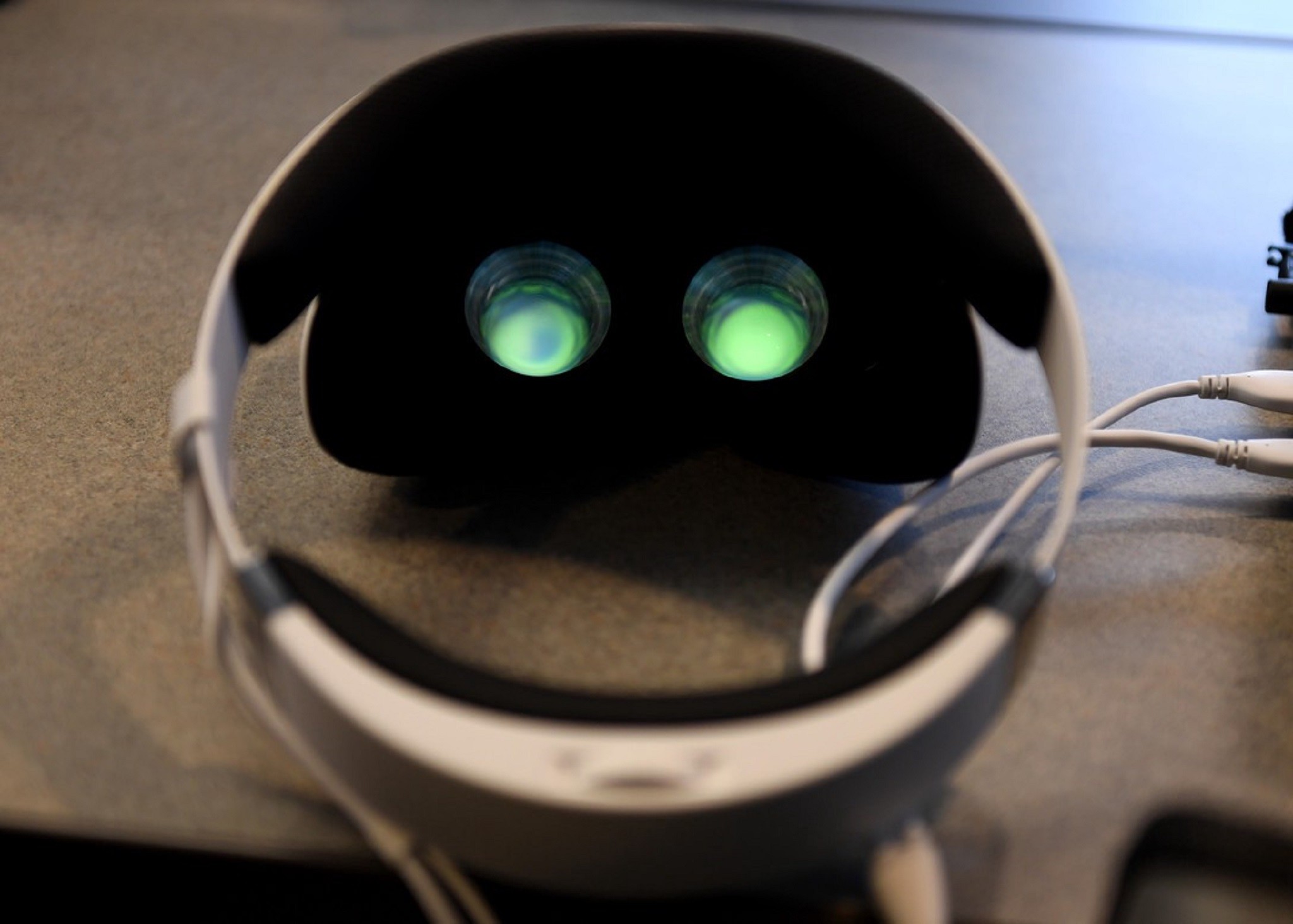
A virtual reality headset is on display during a technology demonstration Jan. 8, 2019, at Joint Base Langley Eustis, Virginia. The demonstration was geared toward Airmen in the aircraft armament systems and munition systems career fields, and it provided senior leaders in those careers a chance to see how virtual and augmented reality could be implemented into initial entry training. (U.S. Air Force photo by Tech. Sgt. Daryl Knee)
Meet George Jetson
The techno-future is wilder than we could have ever imagined.
New leaps forward in tech-science are making Virtual Reality (VR), Augmented Reality (AR), Artificial Intelligence (AI), the Internet of Things (IoT) and block chain part of our everyday lives already.
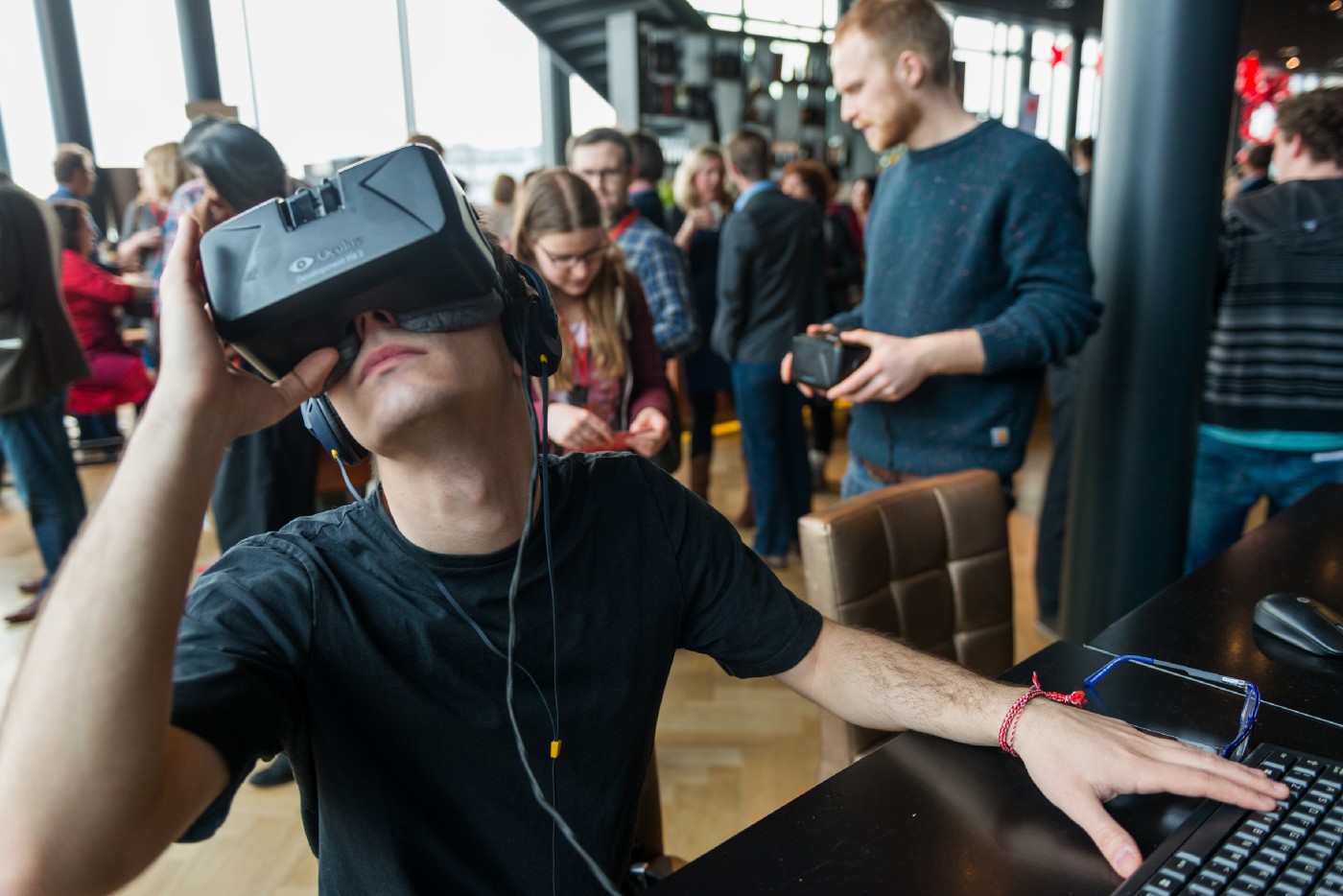
From popular VR games like Oculus Rift and AR games like Pokemon GO!, to AI assistants like Siri and Alexa, to ‘smart’ devices and appliances all networked together in the IoT, to block chain…
Well, no one really understands blockchain.
The future is unbelievable. And unbelievably, it's already here.
This Person Does Not Exist

Getting Across the Uncanny Valley
AI tech is exploding into believability, with AI generated faces becoming indistinguishable from human ones. ‘The Uncanny Valley,’ a term used to describe the slightly unsettling nature of ‘almost but not quite’ human faces, is slowly becoming a thing of the past.
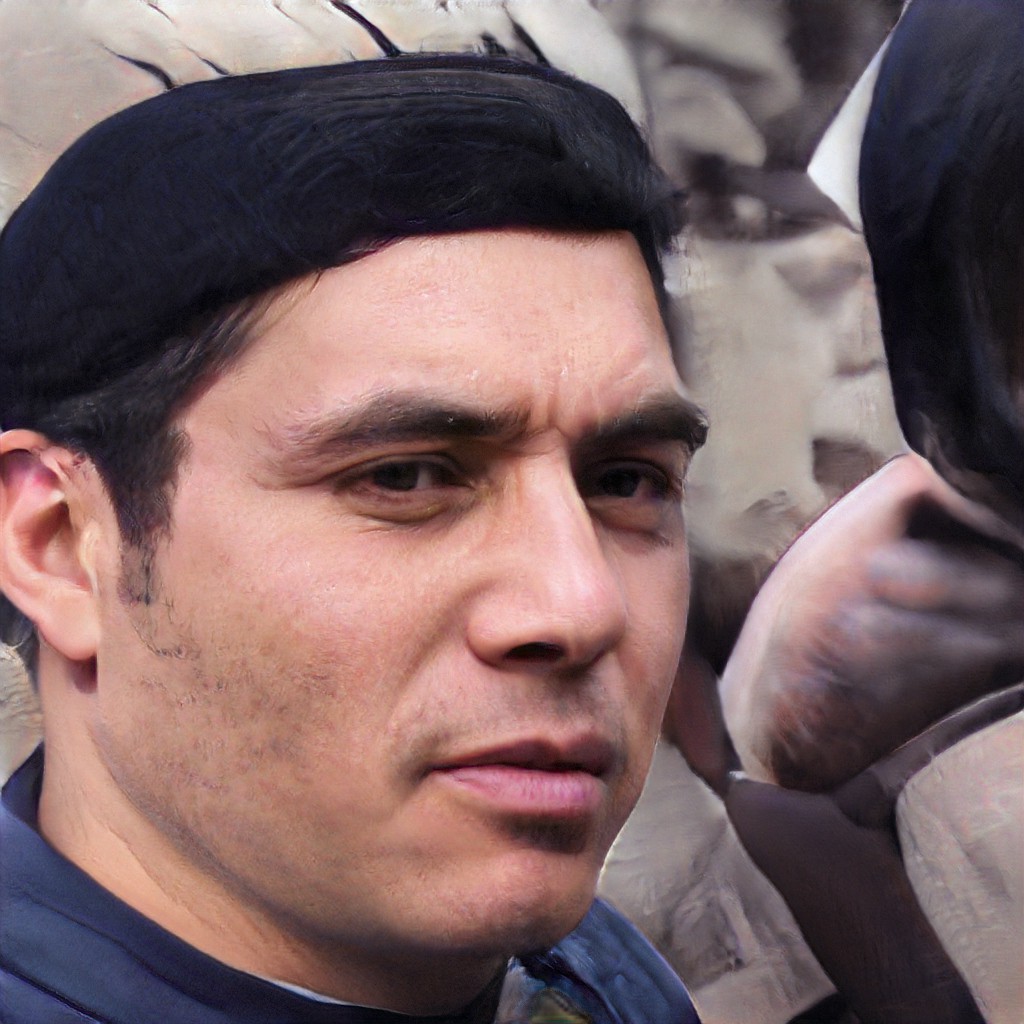
Advanced AI computers can now generate an endless supply of realistic human faces that are almost impossible to tell from the real thing. Websites like ‘ThisPersonDoesNotExist.com’ uses AI to generate endless fake faces in an effort to raise awareness of just how good these fake face generators are becoming.
AI, it would seem, has not proved as successful in generating feline faces thank goodness, and all attempts so far have been only unintentionally hilarious. AI Sucks at Making Adorable Cat Photos, Clearly Misses the Entire Point of the Internet.
Not all tech advancements are fun and games of course, or even advertising; science and technology is in deadly earnest when it comes to using the newest breakthroughs to fight crime.
A Photo of Every Suspect
Forensic scientists now have the ability to use the tiniest single bit of DNA from a crime scene to generate an image of what a person with that particular DNA might look like. Amazing DNA Tool Gives Cops a New Way to Crack Cold Cases.
The DNA-generated photos, when compared to photos of the actual person, are startlingly similar. DNA technology can create unbelievable suspect sketches from crime scene samples.
This is only the beginning: There are still limits to the technology, as there always are at first. The DNA doesn’t tell how old the potential suspect might be. DNA only provides a basic framework for what a person might look like; life-style plays a large part in determining appearance as well.
The tech is also still very expensive, about $3,000 per case.
But it is only a matter of time before AI will be able to help not only generate a photo of a person based on their DNA, but estimate their age, analyze their background and socioeconomic status to pinpoint a more accurate physical size based on nutrition, even scrutinize someone’s hours spent online to predict if they will have a tan or not.
Future murderers will be very helpfully leaving a perfect photo of themselves at every crime scene.
The applications for VR/AR/AI/IoT are as varied as they are endless.
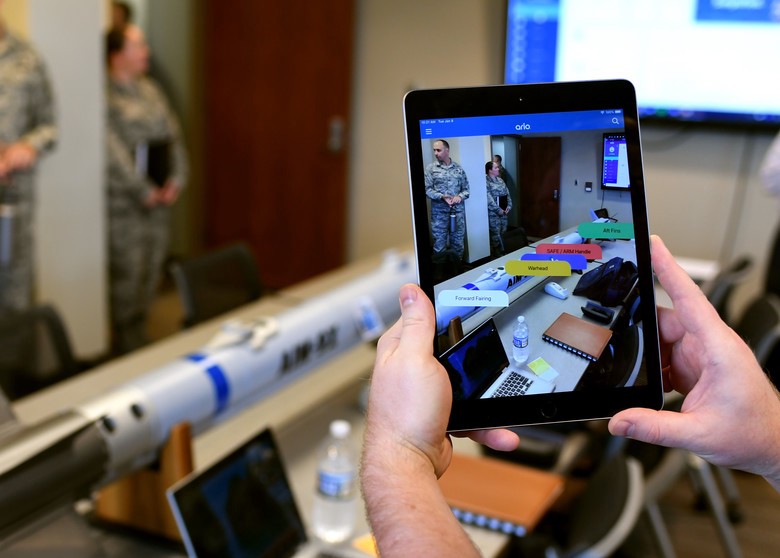
Taking VR/AR Beyond Gaming
VR is proving to have applications in the fields of medical training, military training, and even medical applications.
Immersive virtual reality therapy shows lasting effect in treatment of phobias in children with autism. Medivis, a New York AR/VR firm, has launched an augmented reality platform for surgical planning.
Even artists are starting to experiment with the new mediums, and musicians are using it to help bring the concert experience to life in a virtual world.
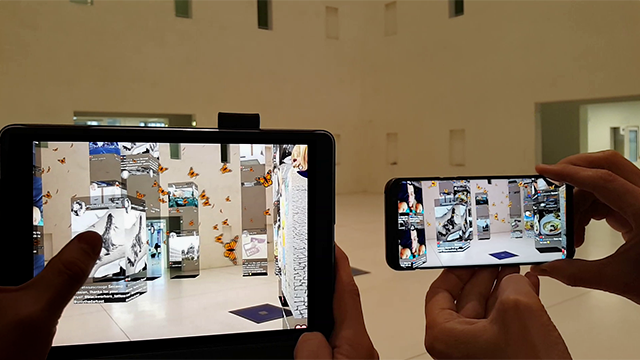
Wired magazine predicts that AR WILL SPARK THE NEXT BIG TECH PLATFORM — CALL IT MIRRORWORLD, taking us all down the rabbit hole, where whales can swim by on the street outside your office.
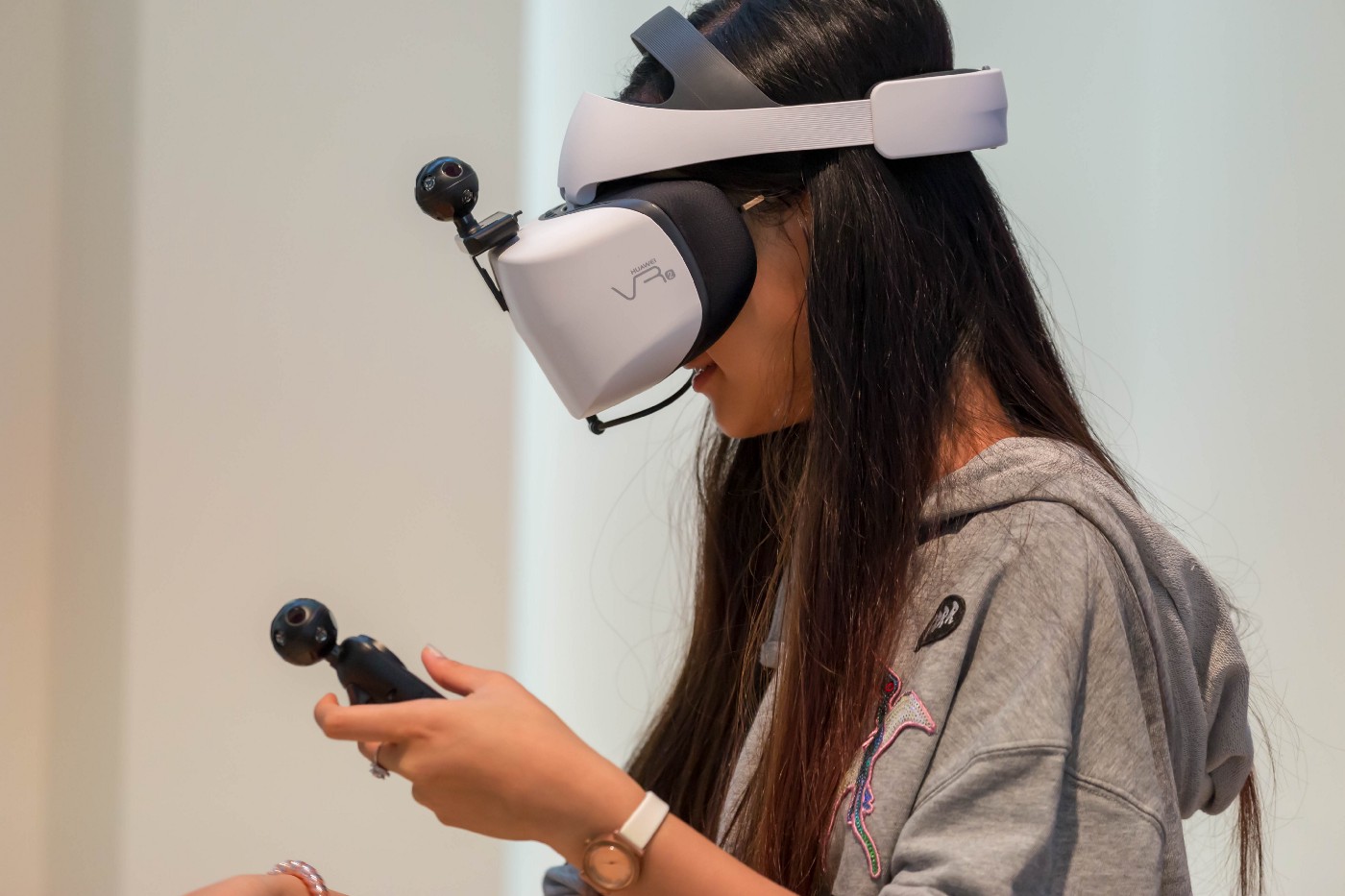
Not to be outdone, the U.S. military is taking these advancements very seriously, moving to stay on the forefront of military technology.
Virtual, augmented reality may hold key to future Air Force training. This week, the DOD Unveiled Its Artificial Intelligence Strategy.

The Internet of Things
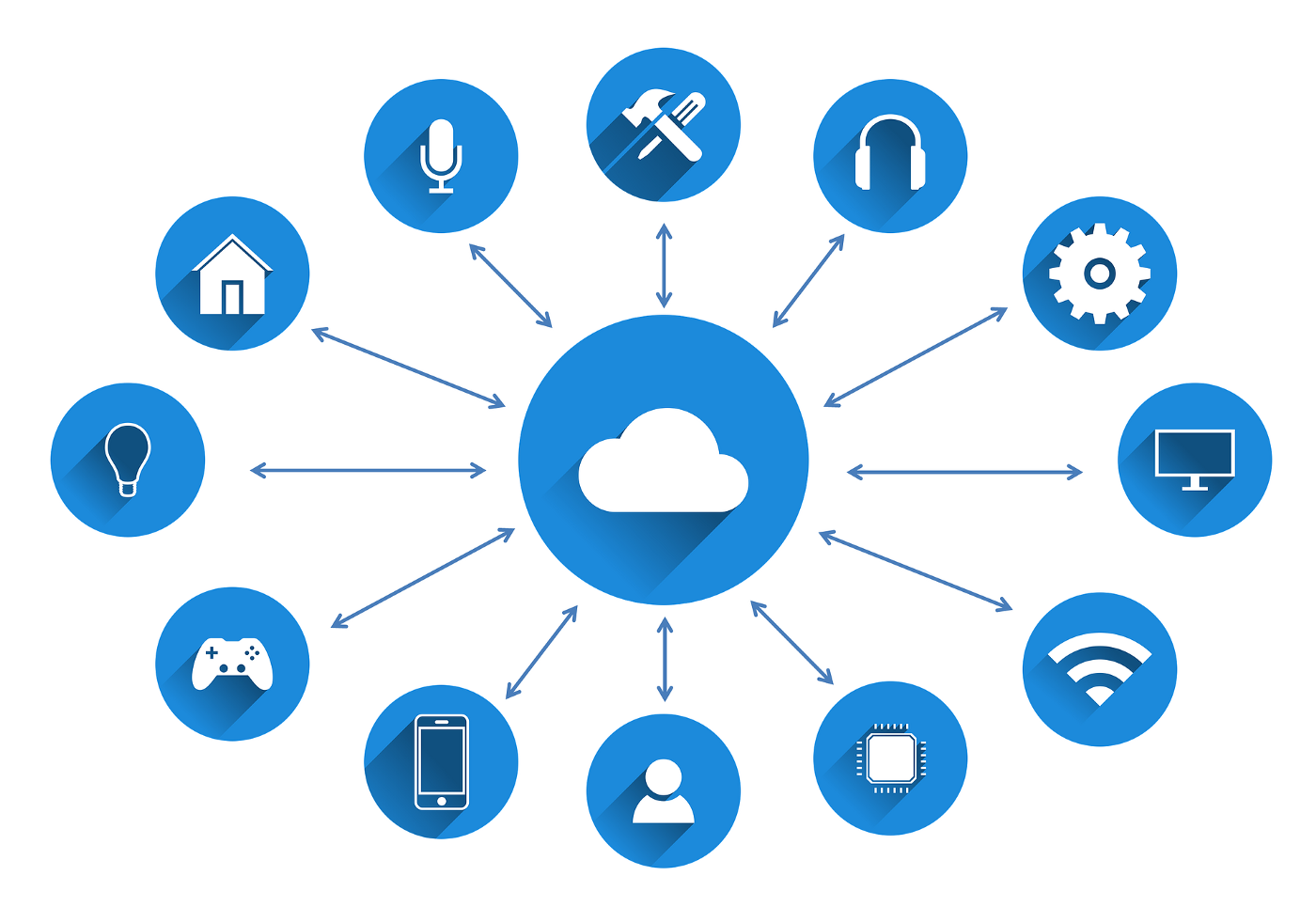
The IoT refers to a growing group of ‘smart’ items, from cars to lightbulbs, that are all linked into a single network. This helps the items share data and work more seamlessly together to improve the lives of the people who use them.
Like most technologies still in their infancy, the IoT is currently creating more problems than it solves. But like any tech evolution, each generation gets successively better, or the technology dies and is replaced by something better.
What is the future of cybersecurity and privacy in a world where an entire network of objects can be hacked with a single hairbrush?
In Part II of this series, let’s examine IoT in a little more detail, exploring its challenges and opportunities.
(contributing writer, Brooke Bell)